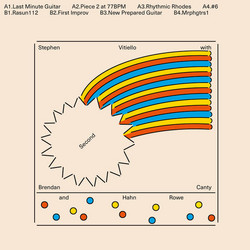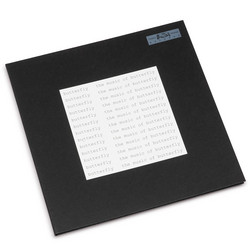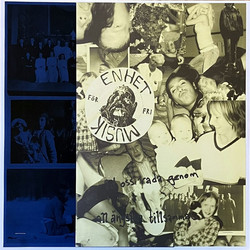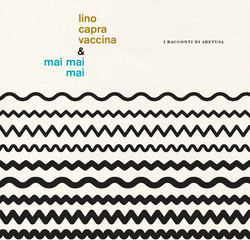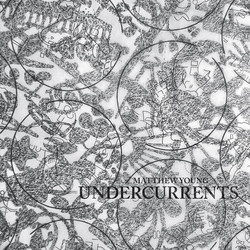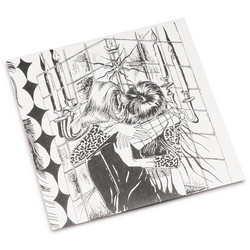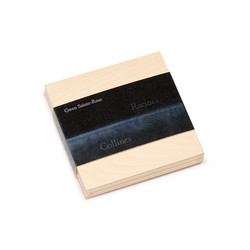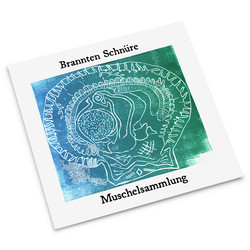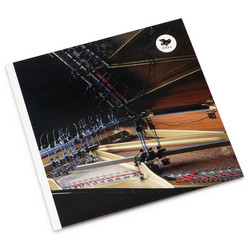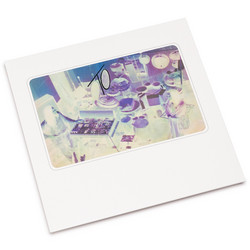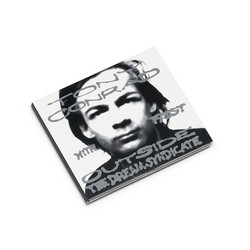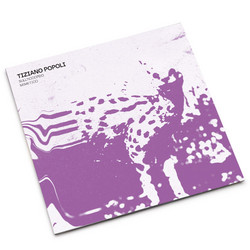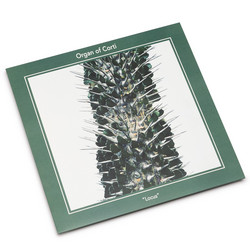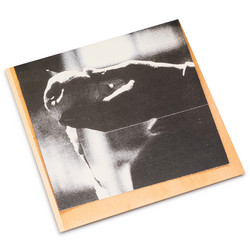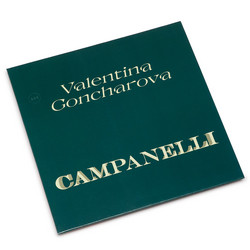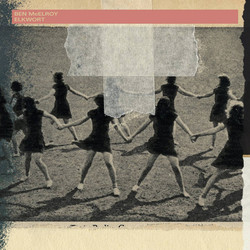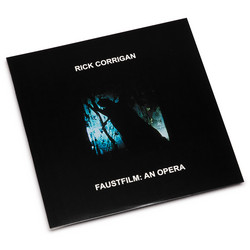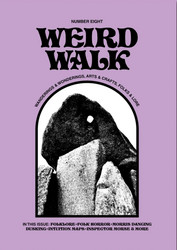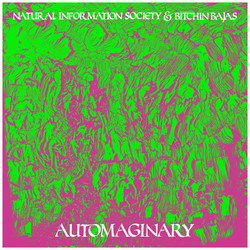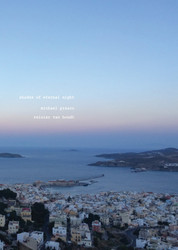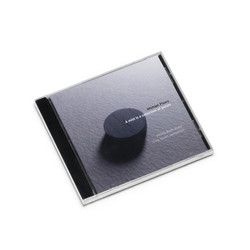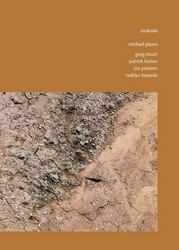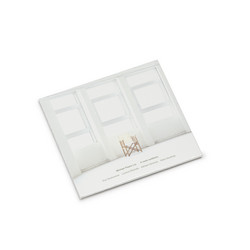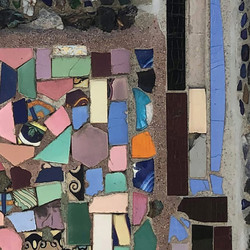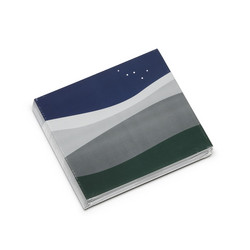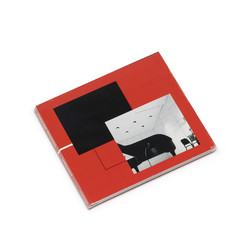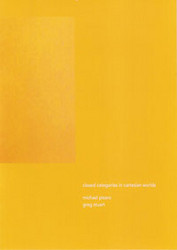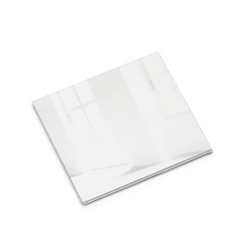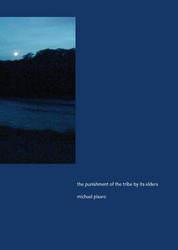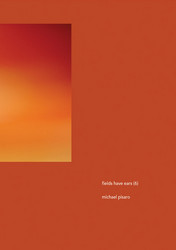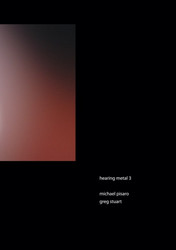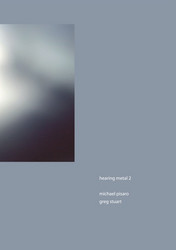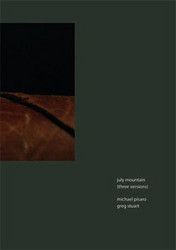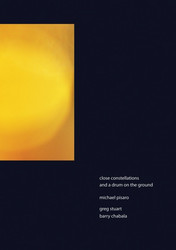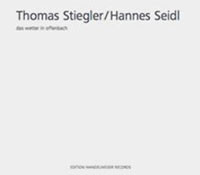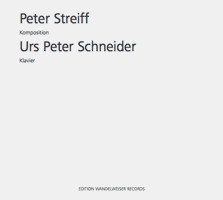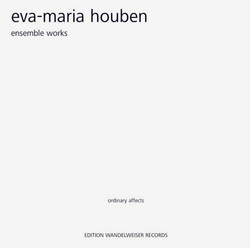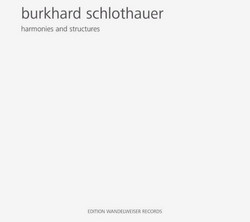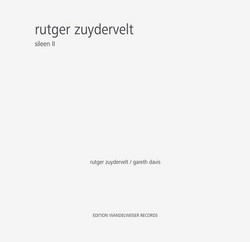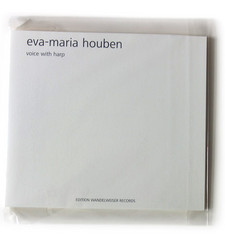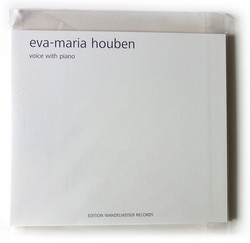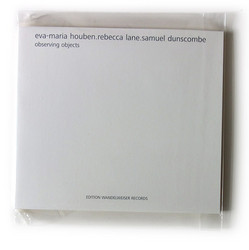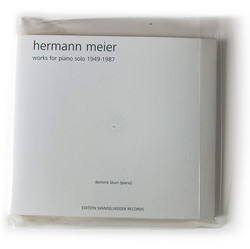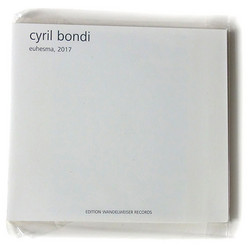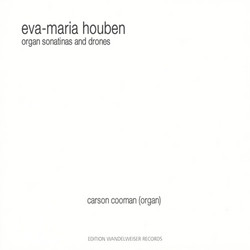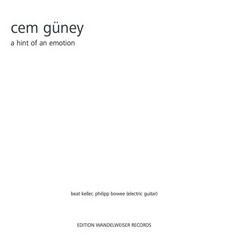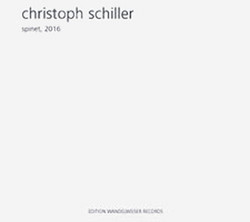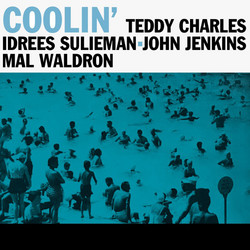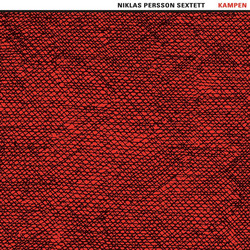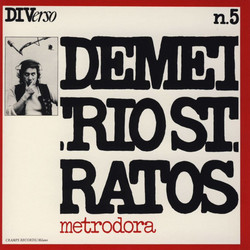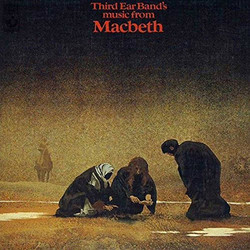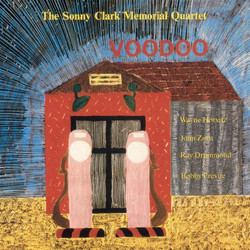“Sometimes (harmony series 1)”, realization for female voice and three electronics players by Colectivo maDam. This piece was, as the title indicates, the first of the 34 pieces that would eventually become the harmony series. in this and all the other pieces in the series, i attempted to create the conditions for a harmonic situation without giving any actual notes. the main stimulus for this was swell piece (for Alison Knowles) (1967) by James Tenney (one of the postal pieces). i had reason to perform that piece several times in 2003/4 and marveled at how any group we assembled would find the “right” harmony without anything being said. so sometimes was the first piece i made that tried to do that: by specifying only numbers and durations of tones and the pauses between them. it is dedicated to tenney. There is one other condition on each score in the series. Given that the music is described using text, i thought that other text present in the score might have an oblique influence on how the musicians thought of what they were doing.
Colectivo maDam began working on this piece in preparation for my visit to madrid in the summer of 2013. when i arrived it was clear that these wonderful musicians had already gone beyond anything envisioned by the piece. sometimes is, like arguably any composition, a framework within which to make actual music. the body of the music is created when a particular group comes together in a place and performs. it is singular. this "body" however is very special: it is a music i would never have imaged without this group. here maDam consists of three electronic musicians and one female voice, an odd combination, with wholly different methods of sound production at their extremes. but in this situation, with these musicians, something transpires to fuse the music into an unexpected result. i hear it as a (very long) song, with deep silences that come to function as indentations in (and out of) time. there is a distinct kind of dry lyricism, making its cautious entry, always held in check, but which gradually infuses the atmosphere of the room, the way a subtle grey light (a “light-sifting silence”) can reach even the darkest corners.
Recorded: Teatro Pradillo (Madrid, September 4, 2013)
